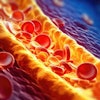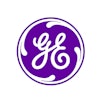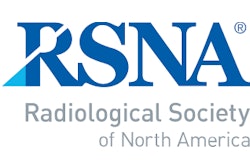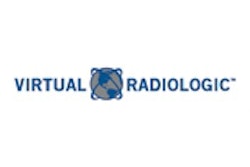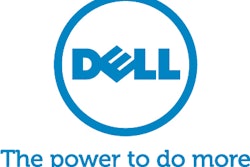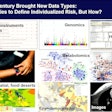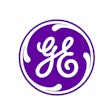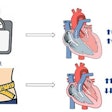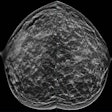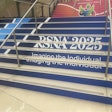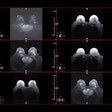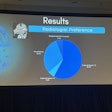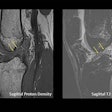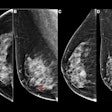Dear AuntMinnie Member,
Computer software and hardware giants have been closely eyeing the radiology space of late. This week, computer maker Dell became the latest firm to take the plunge into radiology, announcing a deal to buy archiving services provider InSite One.
The firm said that InSite One's focus on cloud-based vendor-neutral archive (VNA) software meshes well with Dell's existing storage activities in offering centralized archives to healthcare enterprises. Learn more in this article by senior editor Erik L. Ridley in our PACS Digital Community.
Other business deals getting uncorked this holiday season include one from imaging services provider RadNet, which continues its expansion into new markets with an agreement to buy teleradiology services provider Imaging On Call. RadNet said the deal is a natural extension of the firm's current activities, in which it already utilizes remote reading. Get more details by clicking here.
Finally, Virtual Radiologic finalized its acquisition of fellow teleradiology company NightHawk Radiology. Learn about this deal by clicking here, or go to pacs.auntminnie.com.
FDA contrast policy change
In news just coming in on deadline: The U.S. Food and Drug Administration (FDA) has apparently resolved issues within the agency that had stymied new regulatory clearances of medical imaging products that require the use of contrast agents.
Details are still sketchy, but an industry trade group reported yesterday that it had been notified by the FDA that the agency would no longer be holding up regulatory submissions for products that included contrast agent functionalities in their labeling. Find out what we know by clicking here.
DR tomo cuts chest CT studies
And in news from the RSNA conference earlier this month, Italian researchers are reporting their latest findings regarding the use of digital radiography (DR) tomosynthesis to assess suspicious lung nodules found on conventional DR.
Researchers from the University of Trieste wanted to see if they could reduce the number of follow-up CT scans by employing DR tomo to work up nodules. DR tomo is cheaper than CT, and also exposes patients to less radiation.
They found that tomosynthesis worked well for this application, resolving most suspicious findings and reducing the need for CT. DR tomo also had other advantages, but one weak spot identified in previous studies continued to plague the technique. Find out what it is by clicking here, or visit the Digital X-Ray Community at xray.auntminnie.com.
